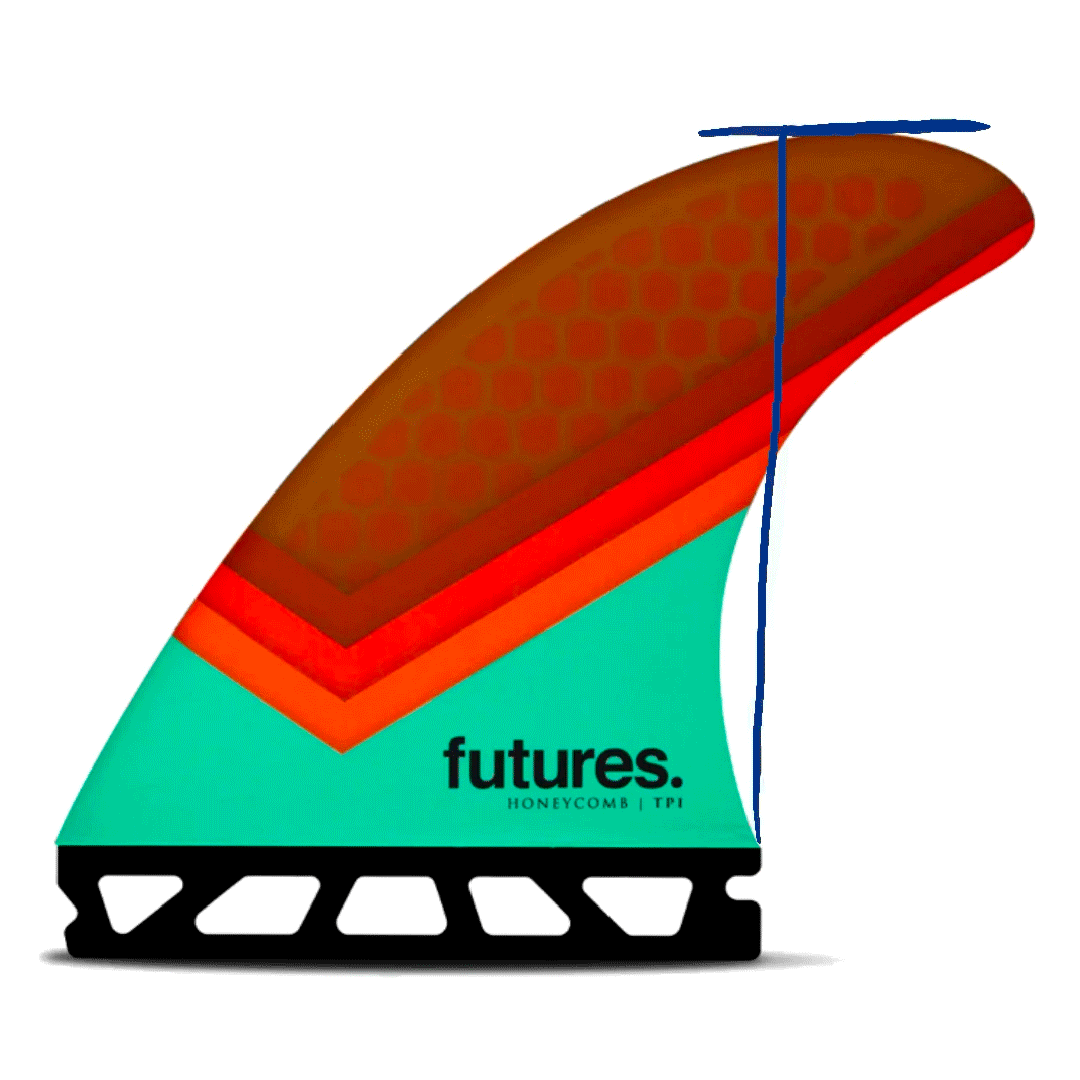
I am going to give you 5 Things to look at when choosing a surfboard fin for your surfboard. These five things are the base length, the degree of rake, the tip size, the height, and lastly the surface area. Ultimately the shaper or surfer of the fin template that you are looking at uses these 5 things to arrange the surface area in such a way as to compliment the surfboard and achieve the desired result. So let's get right into it shall we?!
Now ultimately you want to do 2 things when deciding what fin to use, or would be better than what you're currently riding in your surfboard. The first thing is knowing what the general rocker/concave profile is of the board you're riding or buying. This is mainly in the tail rocker area. Is it a lower rocker, medium rocker, or a high rocker board? Does it have a deep concave? Or is the concave kinda mellow? Does it have a lot of vee? I find out this information by reading the board description from the shapers website and looking at where the board model seems to fall, rocker wise, into the spectrum of the offerings from the shaper. “This model is a great everyday shortboard with a medium nose rocker and a medium tail rocker with a light concave.” is an example of a description where you can see that it falls into the medium rocker part of the spectrum. The other thing you can do is ask the shaper directly if you're working with one.
The second thing I look at is what I wish I had more of when I am riding the board. Do I find myself wishing I had a little more drive? Or more pivot from my turns? Based on that i can look at what fin i am riding, look at these 5 things and compare the numbers to another fin possibility hoping to improve my boards performance.
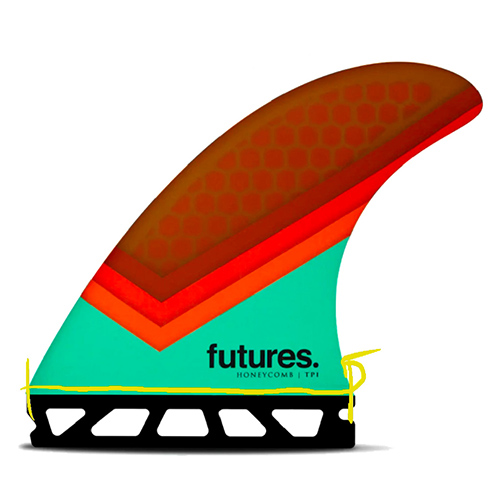
The two main things I look at are the Base and the Rake. I feel like these two parts of the fin are constantly in a dance with each other. So let's look at the base first. The longer the base the longer the distance the water has to travel before it can pivot around the fin. So typically, the longer the base the more drive. The shorter the base, the less drive. But here is where it gets interesting because if you have a long base and a lot of rake that will make the fin too tracky. So a long base needs to be countered with a rake that is more upright so that you can get some pivot and break up that “tracky” feel. Conversely, if you have a lot of rake then your turns are going to be more drawn out. So the way you counter that is to shorten the base so the water doesn't have to travel as long to rotate around the fin. So this part is a balancing act for sure depending on what type of wave or board the designer of the fin has in mind.
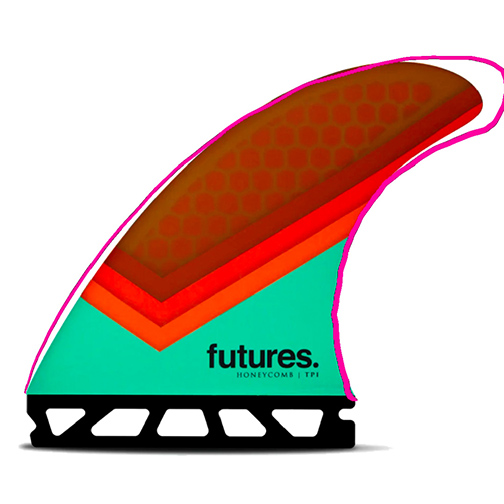
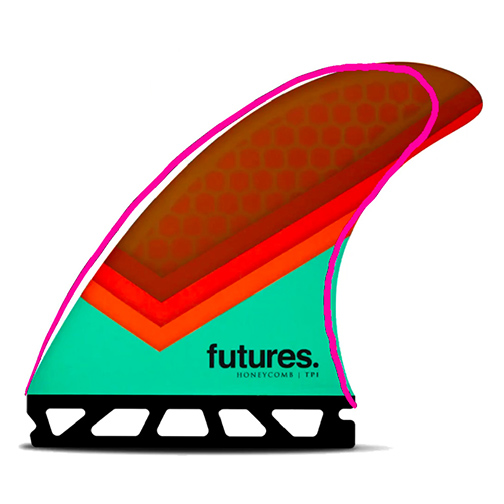
So as you can see those two components are intertwined crucially and to me it's the basis of figuring out the main characteristic of the fin template. So the rule of thumb is the longer the base the more drive and the shorter the base the less drive. Rake wise, the more upright the fin the more pivot with tighter turns you get with a little less drive. And the more rake the fin has the more drawn out your turns will be and you'll get a little more drive.
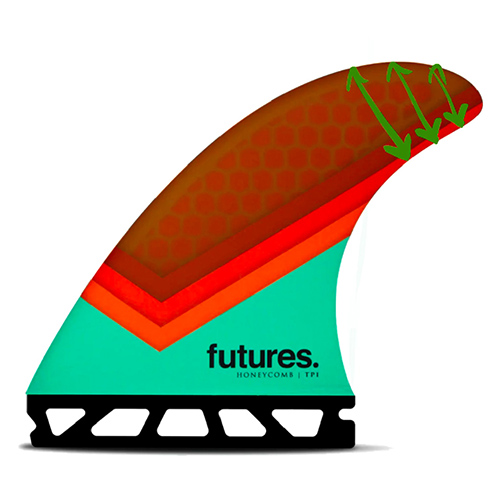
Now the third thing i look at is the size and shape of the tip of the fin. The fatter the tip the more the fin will remain engaged through your turns. So if you are surfing a powerful wave or have a style of carving and wanting to be locked-in through your turns then a fatter tip is better. If you want to get a little more release at the end of your turn or in the lip then a narrower tip will achieve that result. So based on the wave, your style, and level of expertise choose accordingly.
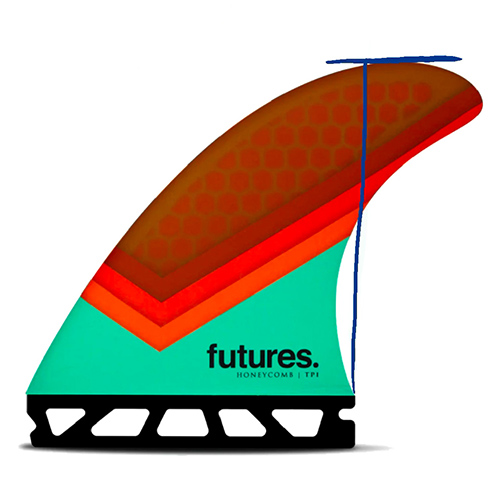
As for the height..the taller the fin the more hold and the shorter the height the less hold. I don't look at this too much but it can factor-in to a small percent.
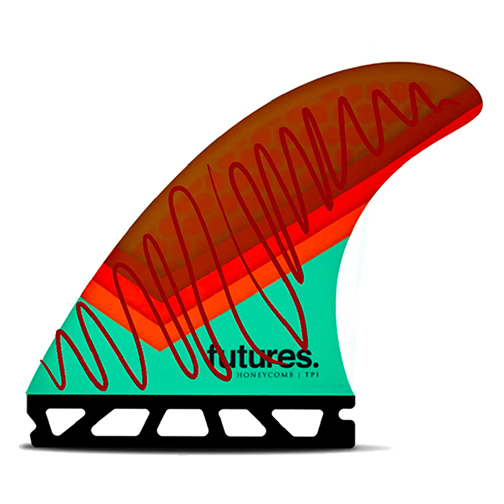
The last thing I take note of is the surface area. This is tricky because it comes down to the shape of the fin and how the surface area is distributed. But the higher the surface area the more drive and the less the surface area the less drive. But I look at this with a small percent of emphasis because the base, rake, and tip shape will have the highest effect in my opinion. So I note the height and the surface area but it only makes up a small percent of my decision making.
A lot of these measurements can be found on the manufactures webpages. Fcs has a cool page with all this info. Unfortunately Futures has a lot of the info but doesn't supply the degree of rake on their fin specs. But Captain fin has the rake and I believe NVS does as well. So geek out and check out some info on the manufacturer websites.
Now that I have covered the 5 things I look at to choose a fin I would be remiss if I didn't do a quick overview of the board style that would coincide with a certain fin. So lower rocker boards you want some pivot. So fins that or more upright (less rake) is the best choice. The board is flatter so it has its own speed but since there is less curve in the rocker you need pivot from the fin.
Medium rocker boards usually want a fin with a pretty decent base and start to rake back a little more. This is because the rocker curve is increasing and you need to leverage that curve with some drive which will come from a longer base. I will say that I notice a lot of fins these days that are for these types of boards seem to have a theme of having a pretty long base for drive but are still kind of upright for pivot. Like the Tpatterson, Pyzel, and Mayhem to name a few.
Now a higher rocker board usually likes some rake. The rake leverages the increase in curve of the rocker. But to make sure it still rotates well the bases typically need to shorten a little. This is because if you have a lot of rake and a long base it can be a bit tracky, feel locked in, and the board won't respond quickly, So even though more rake draws out your turns there is still a need to get a little rotation for response so you will see bases a little shorter in this category. A DHD, JS, or the FCS Accelerator are good examples of this type of fin.
Ultimately these are generalities. The boards rocker, concaves, style of the rider, size of the wave, power of the wave, and shape of the waves will all be part of the determining factors of what fin will work best.
Hope this helps you start to understand fins a little more. It is a deep rabbit hole to go down in some ways so i will keep coming at you with the info. Next. I will go into breaking things down more for exact scenarios. Don't forget to check out Usedsurf’s Buy Try and Decide fin program. You now will have 30 days to try the fin you purchase at Usedsurf and if you don't like it send it back for a refund. That info is HERE.

